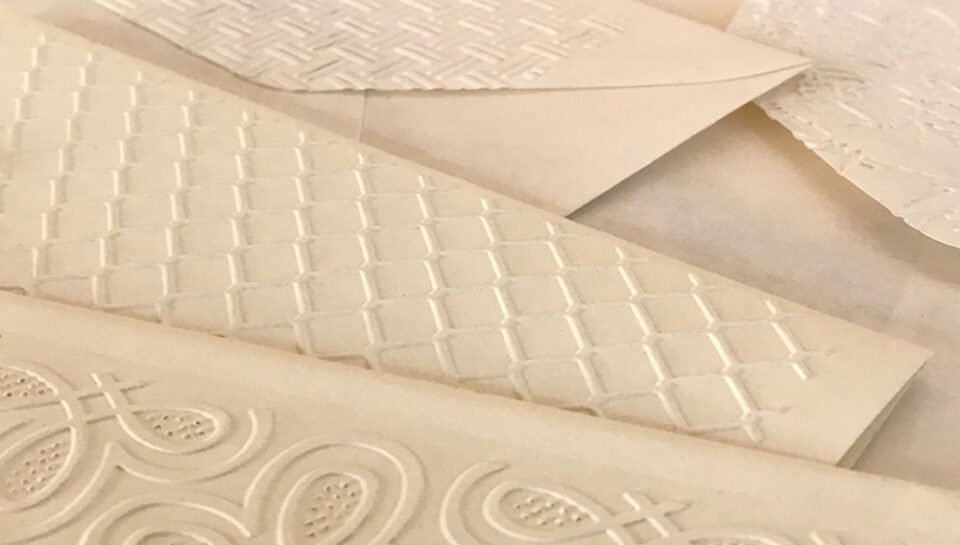
What role does embossing play in premium envelope design?
1. Enhancing Tactile and Visual Appeal
Embossing adds a raised texture to envelopes, creating a luxurious tactile experience that immediately communicates quality and attention to detail.
- Provides a three-dimensional effect that invites touch and engagement
- Creates subtle shadows and highlights, enhancing visual interest without color
- Elevates simple designs by adding sophistication and depth
- Differentiates premium envelopes from standard flat prints
- Adds perceived value, making recipients feel the communication is important
2. Reinforcing Brand Identity and Exclusivity
Embossing is a powerful branding tool that conveys exclusivity and craftsmanship, aligning with high-end corporate identities and luxury positioning.
- Highlights logos, monograms, or key brand marks elegantly
- Used selectively to maintain subtlety and avoid overwhelming the design
- Creates memorable first impressions for executive communications or invitations
- Signals premium quality consistent with luxury products or services
- Often paired with foil stamping or spot UV for added contrast and richness
3. Adding Durability and Professionalism
Embossed elements often withstand wear and handling better than flat prints, preserving the envelope’s aesthetic over time.
- Raised areas are less prone to scratches or smudges
- Adds structural integrity to paper fibers in embossed zones
- Conveys professionalism and meticulousness in presentation
- Useful for important documents, legal correspondence, or awards
- Enhances the tactile quality without adding weight or bulk
4. Creating Visual Hierarchy and Focus
Embossing guides the recipient’s eye to key branding or messaging elements on the envelope, improving communication effectiveness.
- Emphasizes logos, brand names, or taglines without using ink
- Supports minimalist design trends by providing subtle focal points
- Allows differentiation between primary and secondary design elements
- Enhances balance when combined with typography or graphic patterns
- Draws attention in competitive mail environments without loud colors
5. Complementing Sustainable and Premium Materials
Embossing pairs well with eco-friendly, textured, or specialty papers often used in premium envelope design, reinforcing quality through material synergy.
- Works beautifully on cotton, linen, recycled, or handmade papers
- Adds perceived craftsmanship to sustainable stationery solutions
- Enables premium tactile branding while supporting eco-conscious choices
- Integrates with matte, soft-touch, or natural finishes for harmonious design
- Can be done with minimal environmental impact compared to heavy ink use





